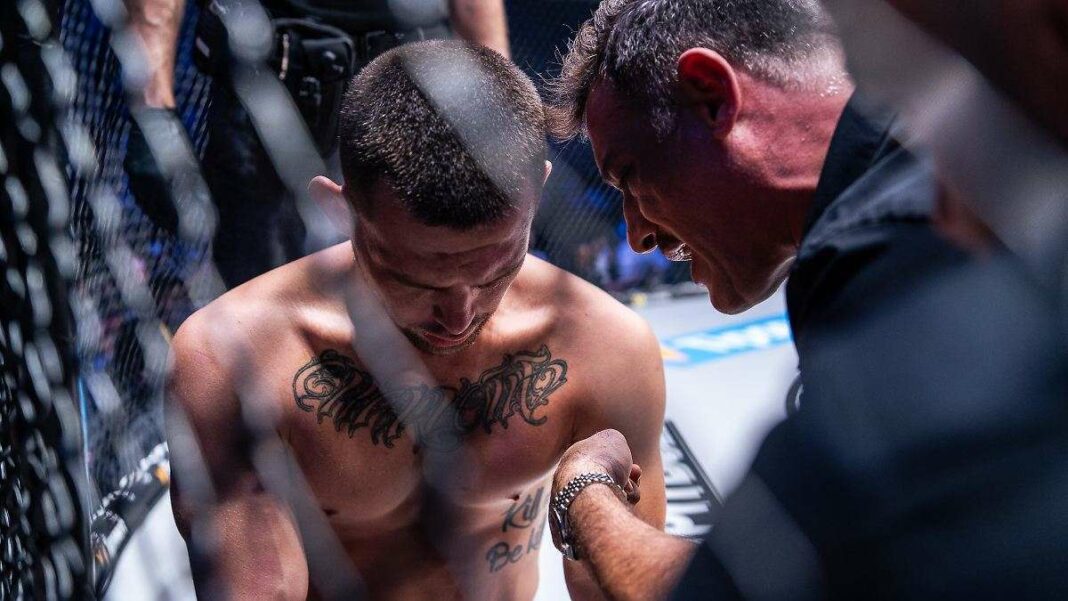In Mixed Martial Arts, injuries are common, ranging from minor cuts to severe, hidden damage. Ringside physicians, like Dr. Panagiotis Karachalios, play a vital role in assessing fighters’ health before, during, and after bouts. They monitor for visible injuries such as cuts near the eyes and invisible ones like fractures, which can be challenging to detect. Their decisions can significantly impact a fighter’s career, balancing medical judgment with the athletes’ desire to compete.
Understanding Injuries in MMA
In the world of Mixed Martial Arts (MMA), bruises and cuts are quite typical, but there are also more serious injuries that may not show immediate signs of harm. The critical role of a ringside physician is to assess whether or not the fighters are fit to continue competing. Their expertise can significantly impact the fight’s conclusion.
The Role of the Ringside Physician
MMA is an intense full-contact sport where injuries are an inherent risk. To safeguard the athletes, a ringside physician assesses their health before and after each bout, as well as during the intervals between rounds. Dr. Panagiotis Karachalios, an orthopedist from Düsseldorf, sheds light on the medical criteria he considers when deciding to halt a fight and the indicators he monitors.
Dr. Karachalios will be present at Oktagon 64 on December 7, starting at 5:30 PM, where he will oversee the fighters’ well-being. His preparation begins with inspecting the gloves used by the competitors. “Different promoters provide various types of gloves, which can vary in softness. This can influence the severity of injuries sustained,” he notes. Typically, the design of MMA gloves prioritizes the protection of a fighter’s hand rather than shielding their opponent’s body.
Interestingly, MMA gloves differ significantly from boxing gloves. “In fact, MMA gloves can be less hazardous than boxing gloves because knockouts can occur more rapidly in MMA. The body’s instinctual protective responses are activated sooner,” he adds.
Throughout the match, Dr. Karachalios focuses on any bleeding and cuts near the eyes. “Cuts that extend toward the eyelid are particularly concerning, as they can affect the eye’s muscles, which can’t be stitched. If this occurs, I must stop the fight immediately to prevent long-term damage,” he explains. He recalls a moment when he had to stop a fight due to this risk, despite receiving boos from the audience.
Assessing injuries that aren’t visible can be challenging. Fighters often push through pain, fueled by adrenaline. For instance, during Oktagon 62, MMA fighter Max Coga fought on with a broken metacarpal, ultimately winning the match. “Invisible injuries are tricky to diagnose,” Dr. Karachalios states. “If I spot signs of a potential fracture, I will apply pressure to the area, prompting the fighter to recognize that they cannot continue.” He further elaborates that some fighters may appear unaffected, as their bodies enter a survival mode. To gauge their condition, he engages them with questions and examines their gaze for clarity.
In contrast, visible injuries like open fractures or torn ligaments often lead fighters to withdraw themselves due to the intense pain and the risk of infection.
As a ringside physician, Dr. Karachalios faces the dual challenge of making medical judgments while understanding that these choices can profoundly affect fighters’ careers. “At times, my decisions can feel like I’m taking a victory away from an athlete,” he admits. “Being a cage doctor requires not just medical knowledge, but also courage, as my assessments can shape the outcomes of many fights.”
